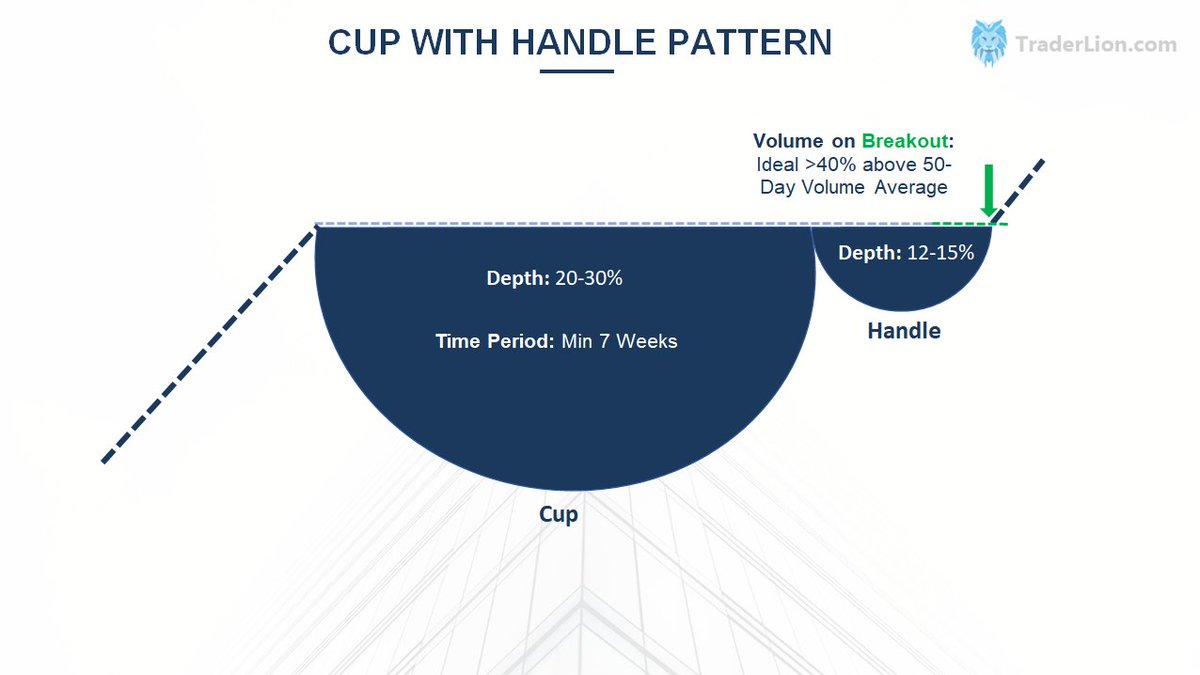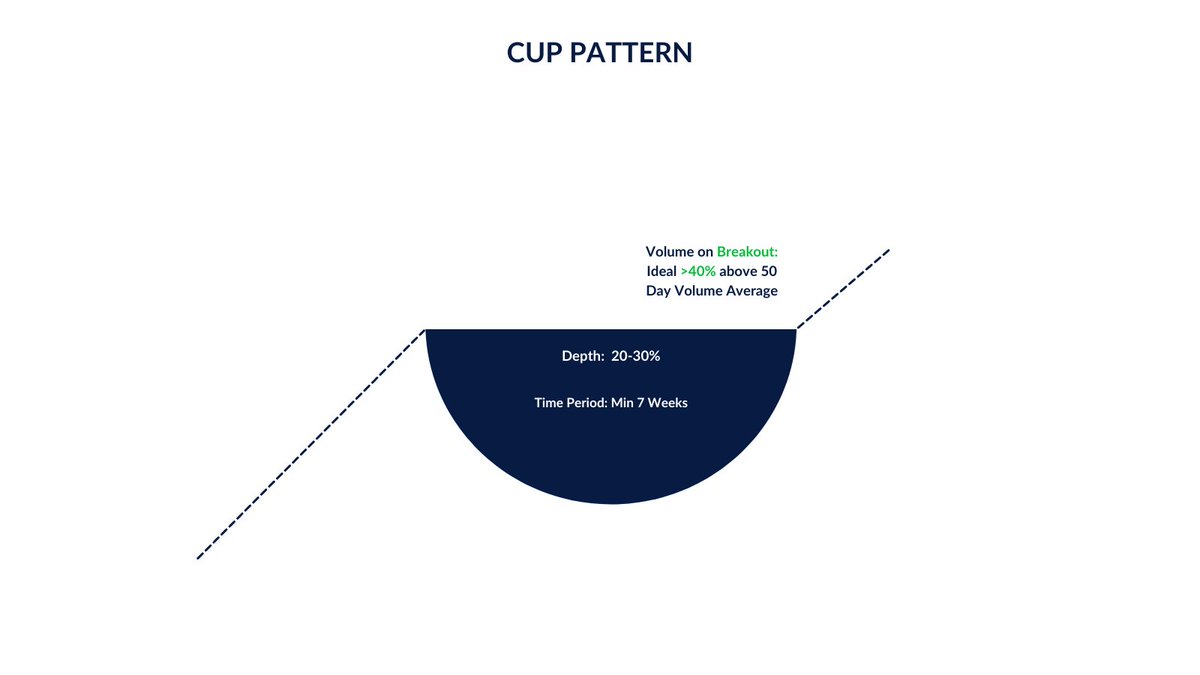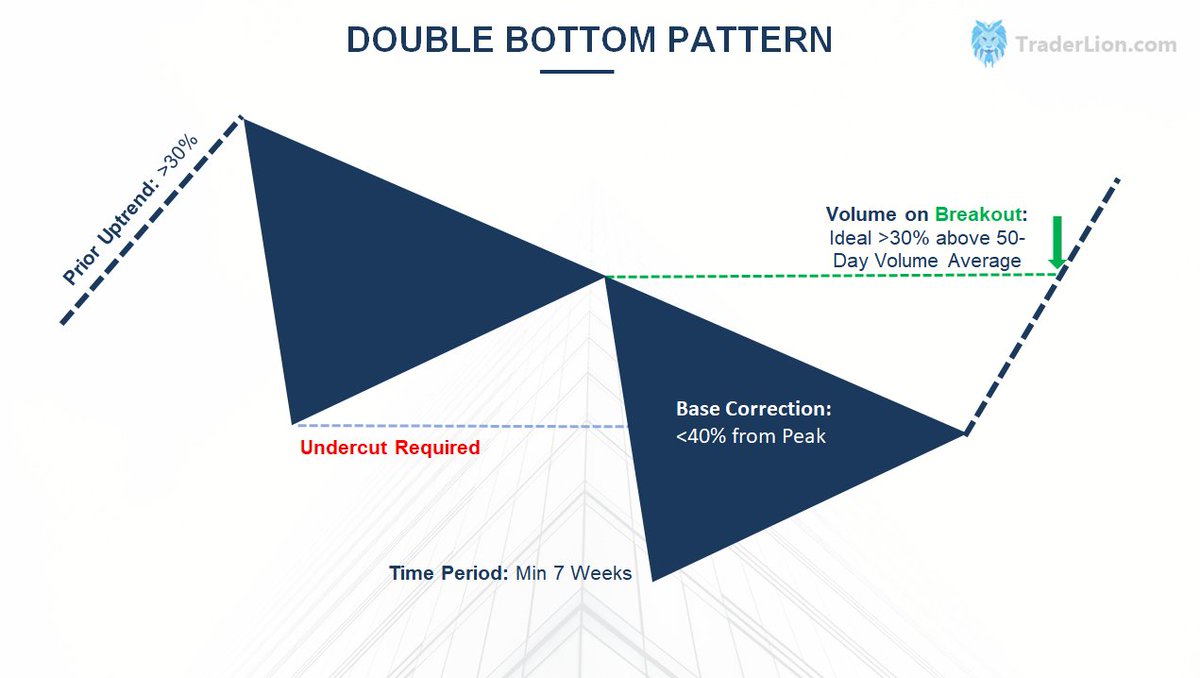Often when the market is extended, we can get a quick reversal to the downside with little or no warning.
There are two main ways these days can go.
We can have a steady selling day with key stocks losing pivots or we can retrace, reverse and then finish strong.
When the market starts showing signs of accelerating distribution during the day, and leading stocks are suddenly down 5+ %, emotions and panic can quickly cause you to ignore rules and make non-systematic decisions.
Below we will cover how to prepare for this event and manage it objectively.
It’s key to understand that emotion can never be eliminated from your trading, that isn’t the goal and is not achievable.
It’s about doing the prep work to make sure that if and when the market puts stress on your holdings, you already have a plan in place that you want to execute.
The preparation process begins on the weekend, you have to do homework so you know the current status/trend of the market and of your own positions. Being prepared allows you to be objective. To be nimble and ready for whatever happens the next week.
To determine market conditions, keeping tabs on the health and breadth of market leadership is key.
How are leadership stocks acting in the overall context? Are they above 21DMA, near 21DMA, above 10DMA (considered extended).
Doing an analysis of the general market indexes (Nasdaq, S&P500, Russell2000), and reviewing key leadership stocks gives you the overall context of what the trend is.
For your own positions, you should know their trends, profit cushion, position size, etc...
How are they acting during market turbulence, and are they still leading?
Grading your stocks is extremely helpful. Your worst stocks should be trimmed first when you feel portfolio pressure.
How to Grade your Stocks
@mwebster1971 https://t.co/VkaCCJhdiu
You should do an abbreviated version of your weekend routine in the mornings and evenings when the market is closed.
Know your best and worst stocks, key levels for the market, and have a pre-made plan to lower or increase exposure depending on what happens.
This way during a sudden market drop, you have already done the thinking required to manage risk accordingly. If a stock breaks a key level you are ready to either trim or watching the reaction.
Setting alerts is extremely helpful here.
Setting them at key levels keeps you concentrated and only looking at your positions when they need to be managed.
As mentioned before, it's not just your positions that need to be managed but also your emotions.
Stay in touch with how you are feeling, notice when you start panicking. Being aware of that will allow you to recognize when you need to take a deep breath and read back over your plan.
Take note of your emotions and write them down in a journal.
This way you can keep track of your current state of mind and relate the current environment to past instances.
If the market keeps dropping with little sign of support, you should be gradually lowering your exposure as expectations are broken and introducing hedges if that is part of your process.
Your reaction should be in the context of your style, a swing trader should act much faster than a position trader.
As much as possible, try to give your positions the benefit of the doubt and wait until the close, however, manage your risk given the current information you have.
If the market continues to sell off all day long into the close, that tells you something meaningful about the market conditions, we may be in for more downs days in the near future.
Throughout the day you should pay special attention to stocks fighting the market and exhibiting Relative strength.
These are the strongest stocks and making a list and keeping track of these will benefit you when the market pressure lifts.
Check out this blog for more information about how to identify relative strength.
https://t.co/zDX4FvqVLk However, if the market retraces and then reverses back up quickly, it is possible that it was just a shakeout.
If this is the case be on high alert for further selling but continue to monitor stocks showing Relative Strength.
Note stocks that bounced back quickly when the market rebounded, formed higher lows intraday. Sort your lists by % from the low and by highest daily closing ranges.
These lists will give you clues about how current leadership is acting but also future leadership stocks.
If you were stopped out of a stock and it comes back through your sell point, consider buying it back if that meets your system/plans.
Shakeouts and pullbacks are healthy as they remove froth from the market and keep the uptrend intact. They also potentially offer low-risk buy points in leading names for advanced traders.
In summary, prepare beforehand on the weekends and when the market is closed so you are ready for a potential selloff and/or recovery.
In the moment remain objective, manage your emotions and execute. These events happen often so do the work and be ready for the next one.



















